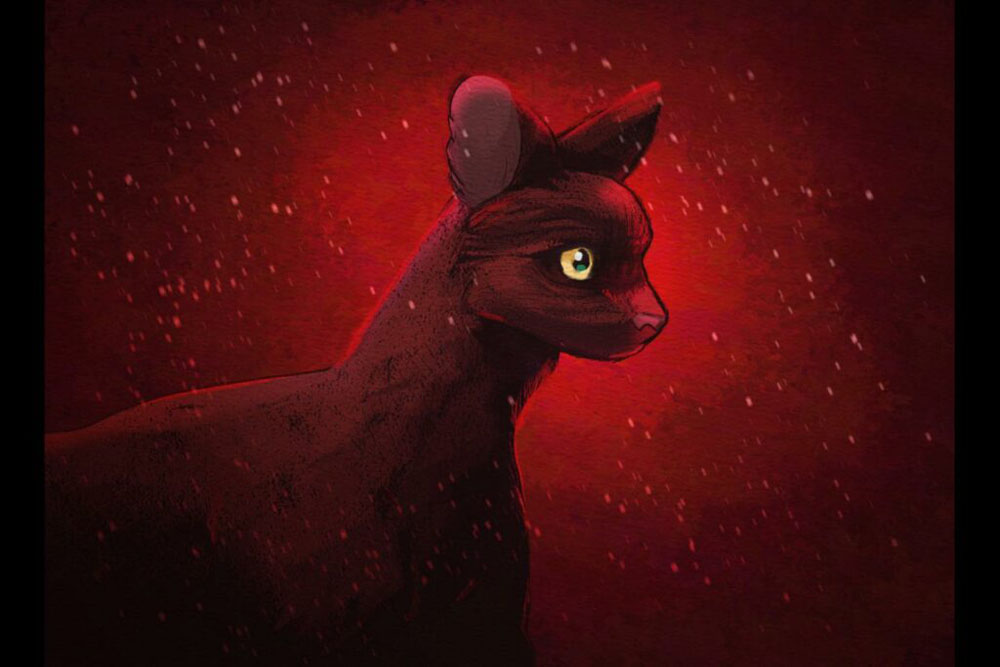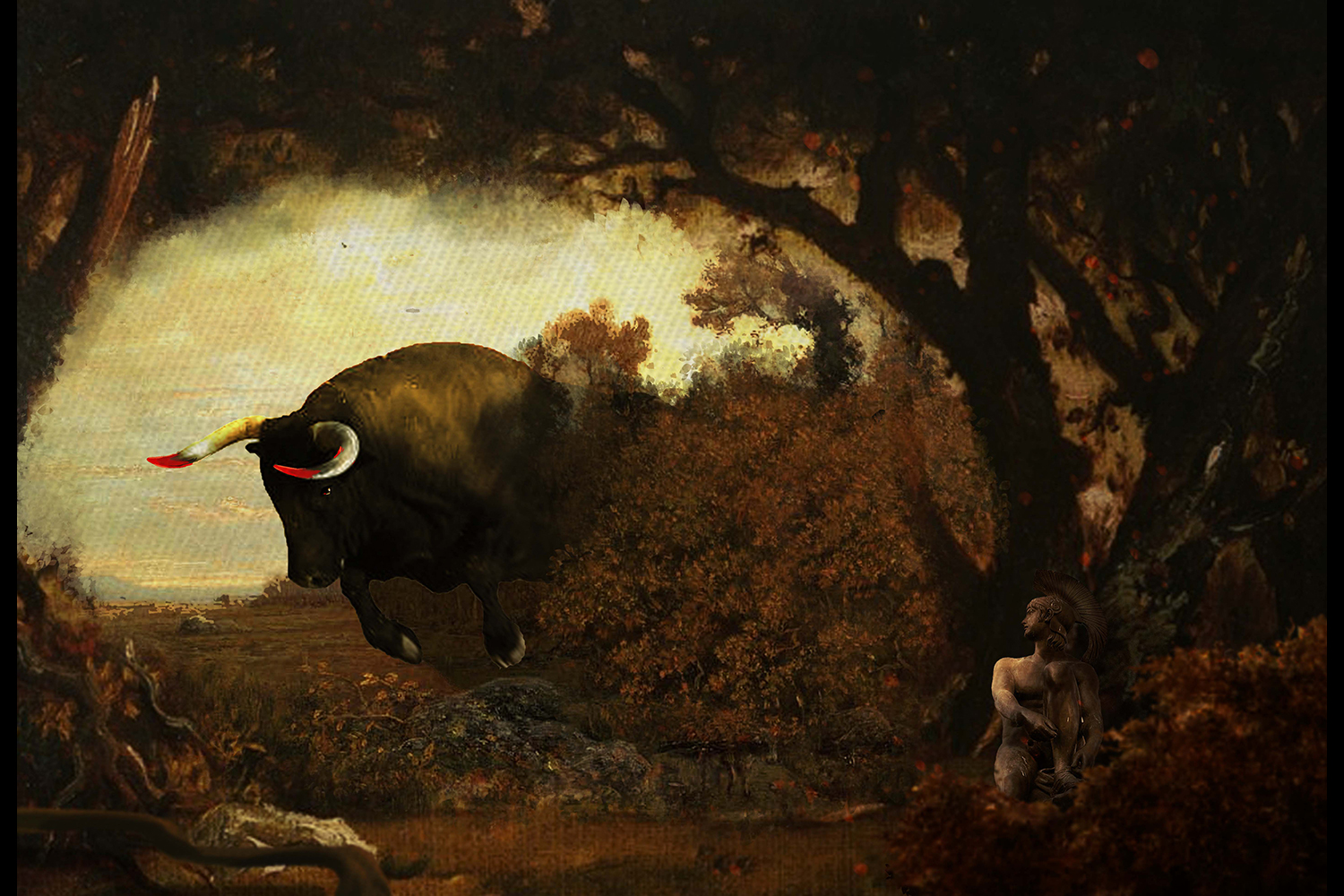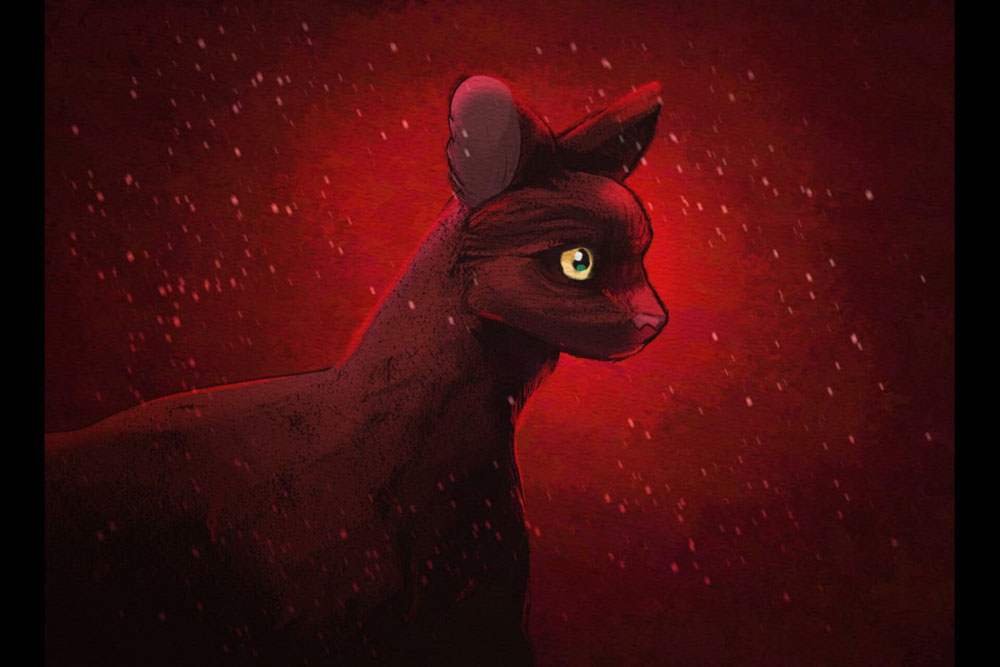Oil Pastel Digital Art
Through Adobe Photoshop, we created water color and oil pastel pieces. We used our tablets to create the pieces and digital techniques to enhance the process. The digital format makes it easier to delete, change, or add to the piece.

Creating the Pastel Painting felt natural and was a calm process for me. I wanted to focus on creating more of an illusion using color theory to trick the eye into perceiving the green on the skin as a more natural tone. However, as I added effects, the skin became more natural. I studied a reference photo for the pose, did a gesture study to understand the form, and then made a draft from scratch using what I learned. The draft had an idea for how I wanted to shade the piece. I then lined and colored the piece.
I think any person should crate a Photoshop Pastel Painting. As an artist, I understand the effort and commitment that goes into art. I think a person should try digital painting to understand the problem solving and practice that goes into it.
I’ve been painting digitally since I found MS Paint on the family computer since I was 9 and it’s taken me continuous studies and art pieces to get me where I am today. This piece is one of the hundreds I’ll make and it holds personal value because I’ll remember when and where I made it; in my room, late at night and in digital media, adding final touches.
Watercolor Digital Art

With Halloween approaching and my love for black cats, I painted a Bombay cat in a red backdrop. I love how light reflects off of black fur to reveal a maroon color, so my piece focuses on that phenomenon.
A meaningful connection to my watercolor painting to the articles we’ve read is the glow watercolor can capture. Linda Daly Baker describes how “[…] with watercolor, you can glaze layer upon layer and still have the luminosity and lacey edges”. I aimed to capture this with my digital painting through vivid colors and clear contrast for making negative space even more impactful. You can achieve texture and depth with watercolor in a distinct way and I wanted to emulate that.
A Photoshop Watercolor Painting feels like it has a rougher and organic outcome while a Pastel Painting can be cleaned up fairly well. I enjoy the texture that comes with the canvas for watercolor, so having that really made my piece feel more authentic. A major plus for digital painting is you don’t have to wait for these paints to dry, which can be very time consuming, as well as getting quick access to fixing and adjusting layers. However, I do love the feel of the brush that comes with analog painting and the boundaries set by real life painting can sometimes bring out our more creative problem solving.

All the photos I chose for this project were taken by me. A group of friends and I had a one month competition to see which team would be able to defeat a major boss in Minecraft first. My team won, and in the winning moment of our battle, I took a screenshot of the Ender Dragon breaking into a burst of purple rays. This screenshot means a lot to me because of the stories that come to mind for that competition, the joy I felt working alongside my friends, and the relief in seeing our victory. The second picture I used was taken at the Chicago Field Museum, which is one of my favorite places in the world. At the museum, there is a taxidermy section displaying animals in scenes with painted backgrounds and props. I used a photo of the rams display because the background for that display felt real to me. The third picture I used was of the Monterey Bay Aquarium jellyfish. Seeing the jellyfish drift in their aquarium made me feel not only awed, but nervous at the idea of even putting myself in that tank. They’re beautiful animals, unaware of the power they hold.
I think it’s easy to tell which pieces were made from scratch and which are edited photos. That doesn’t make the edited photos any less beautiful to look at. The textures and filters added to the photos make them feel less like the pristine photos, but our foggy memories of these experiences.
I’d love to try some of the techniques I learned from this assignment for my art. What stood out to me was the “Find Edge” and I’d love to use that in pieces to see how that changes my art process. I also grew more familiar with tools in Photoshop I didn’t think of using before, like “Render Clouds” and the vector layer.
I’d Take Cover, Too
The legend of Theseus and the Minotaur has been referenced and retold in our media for decades, and I wanted to have my own interpretation of the story. I was inspired by classical paintings of forests and loved how the artists showed light. The bull is made to look like another set to the piece, charging out from the foliage. Theseus, a statue hiding behind the tree, warily watches on. Classical forms of art and the story of the battle went hand in hand because both are old forms of communication, visual and narrative, that we still involve in our modern lives.

A technique I used a lot was the black mask so I could have more control and non-permanent erasure to the photo. I used a lot of layer bend modes to get the scene more immersive and used gaussian blur to make objects closer to the camera blurred. I clipped layers and did a lot of color & texture edits to make the scene cohesive.
Surrealist compositions encourage the artist to exaggerate and make bigger than life visual ideas. I think this makes surrealist pieces sometimes even more relatable because they suspend our disbelief and people can make their own interpretation of the piece more easily than a realistic composition. I was able to push the boundaries of reality and invite the audience to theorize what the context of the scene is.
Photoshop Compositing


